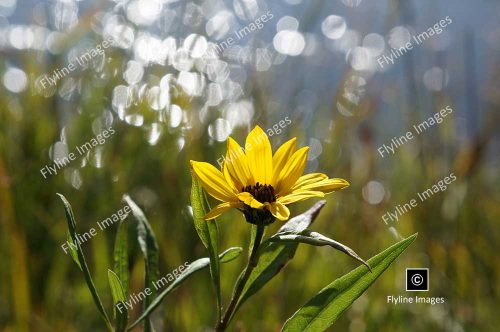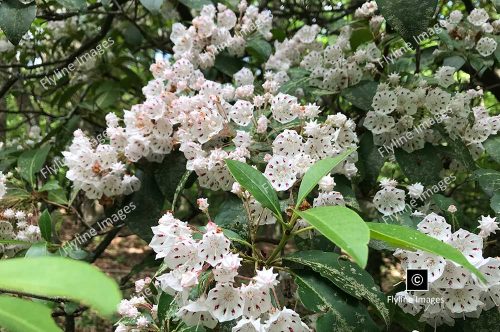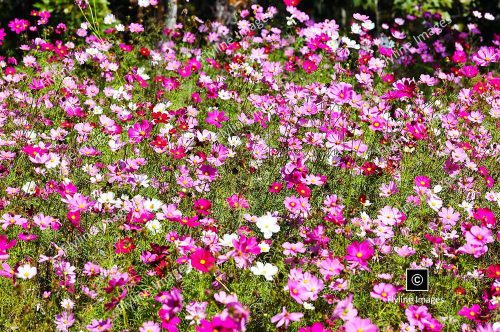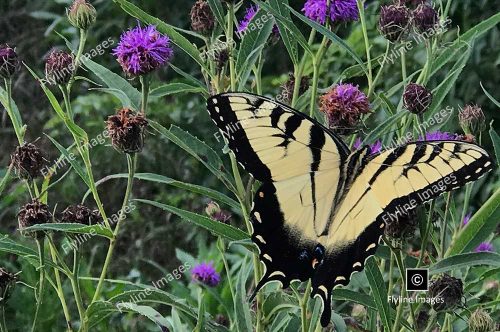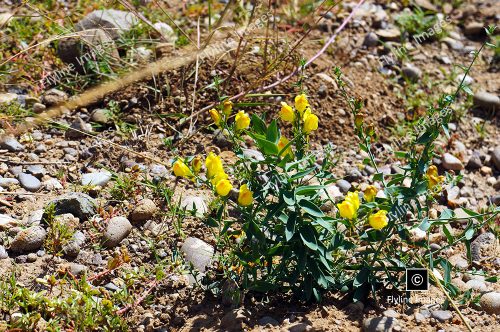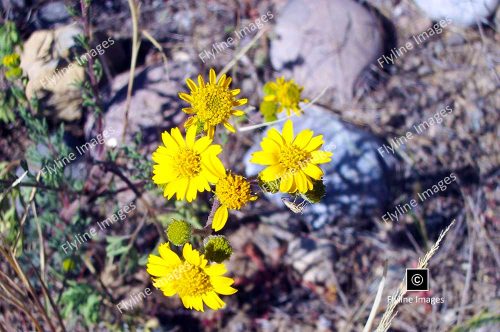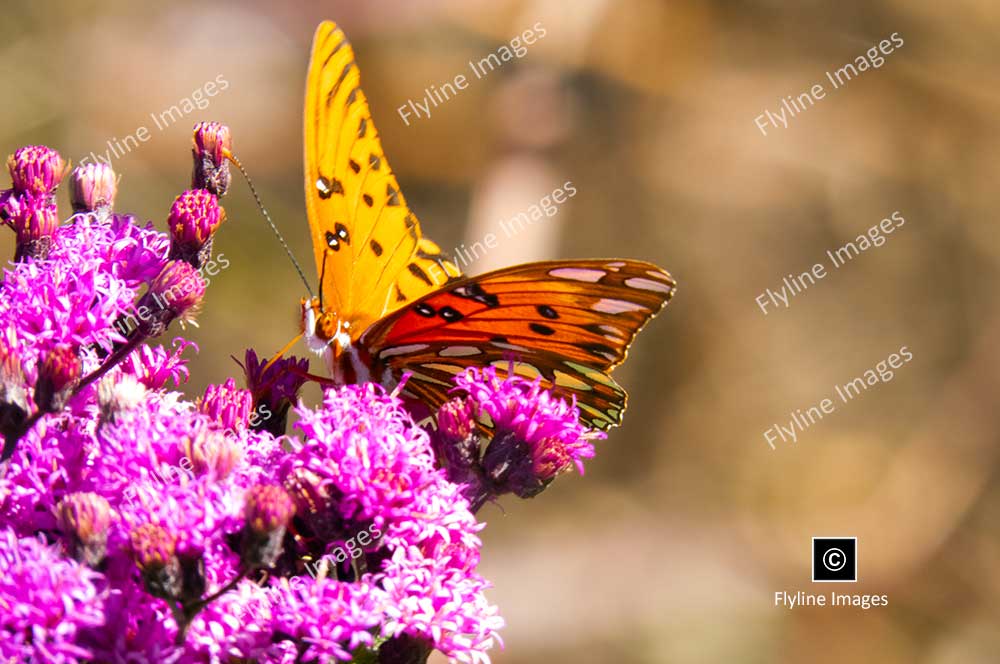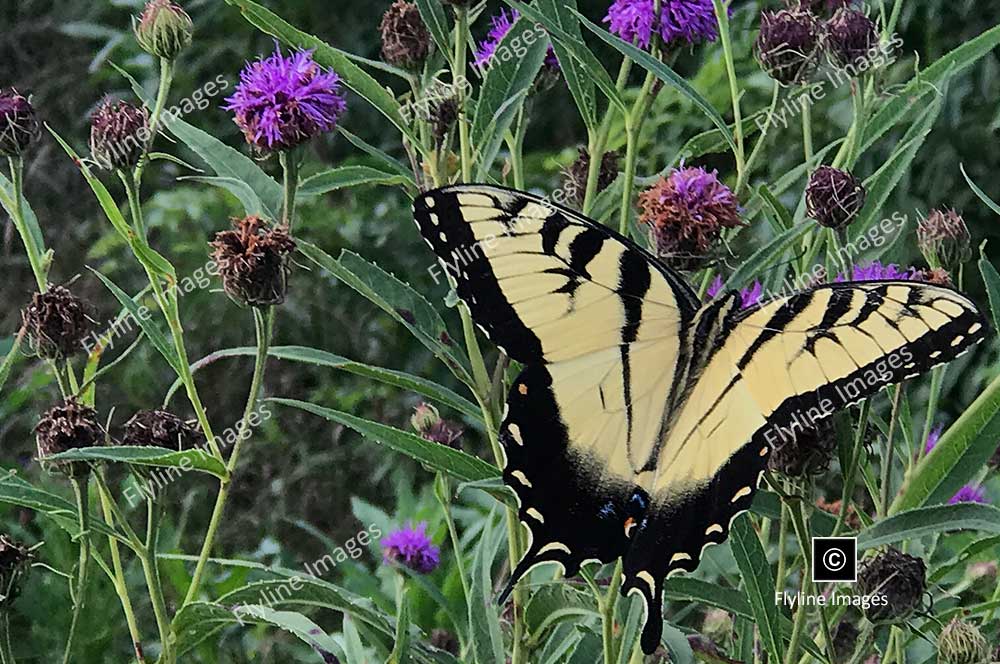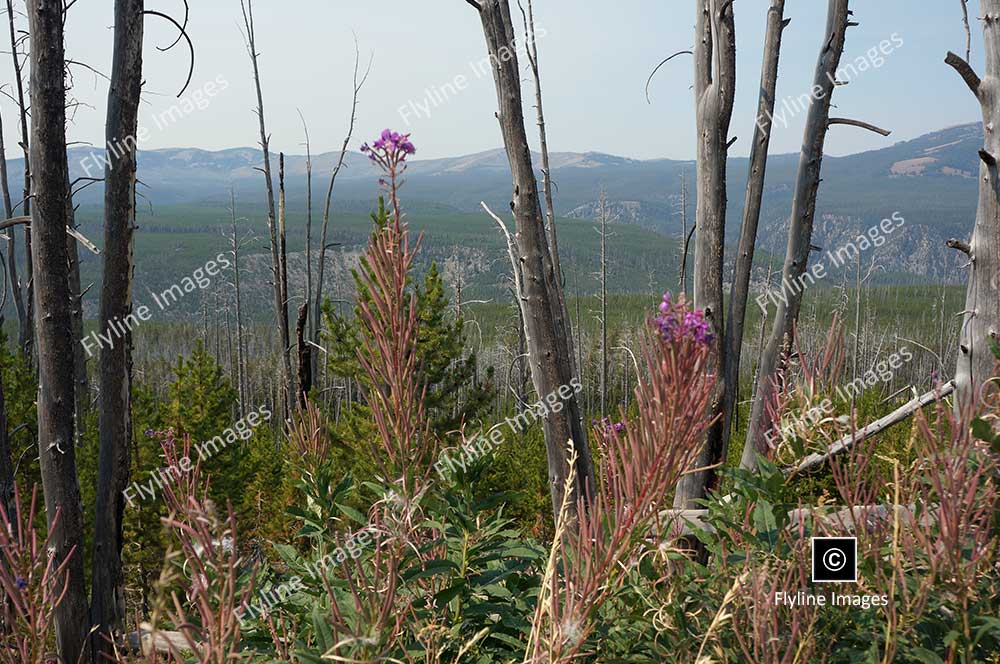Wildflowers
Stunning Colors, Resilient Plants, Thrive In Diverse Environments
Wildflowers captivate the hearts of nature enthusiasts and casual observers alike with their vibrant colors and delicate beauty. These resilient plants thrive in diverse environments with little human intervention, often blooming in meadows, along roadsides, and in mountainous regions. Wildflowers are particularly popular because they symbolize the untamed aspect of nature, contributing to the biodiversity of ecosystems by providing essential habitats for pollinators like bees and butterflies. Their simplicity and variety of forms bring a natural aesthetic appeal to landscapes, inspiring artists and photographers around the world. Moreover, wildflowers play a crucial role in conservation efforts, as they help stabilize soil and protect against erosion, underscoring their ecological importance beyond their striking appearance.
Portrait Style Images
 MORE ABOUT WILDFLOWERS
MORE ABOUT WILDFLOWERS
Wildflowers add vibrant color and life to natural landscapes, with each type offering its unique charm and ecological benefits. Among the most common types is the dandelion, easily recognizable by its bright yellow flowers and fluffy seed heads. Another popular wildflower is the bluebell, known for its stunning blue, bell-shaped blooms that carpet woodlands in the spring. In meadows, the cheerful daisy often makes an appearance with its white petals and sunny yellow center. The red clover, often seen in fields and along roadsides, is not only visually striking but also enriches the soil with nitrogen. Each of these wildflowers plays a crucial role in supporting biodiversity, providing food for pollinators and adding aesthetic beauty to their natural habitats.
In addition to their natural beauty and ecological significance, wildflowers hold cultural and historical significance as well. Throughout history, they have been used for medicinal purposes, food sources, and even spiritual practices in some cultures. Native American tribes utilized wildflowers for healing ailments and promoting overall wellbeing, while ancient Greeks and Romans incorporated them into their religious ceremonies.
Furthermore, wildflowers have played a significant role in literature and art as symbols of love, freedom, and rebirth. In William Shakespeare’s famous play “A Midsummer Night’s Dream,” the character Oberon famously declares: “I know a bank where the wild thyme blows/ Where oxlips and the nodding violet grows.” The mention of wildflowers in this play serves as a nod to their enchanting nature and ability to evoke feelings of whimsy and magic.
As we continue to appreciate the beauty and importance of wildflowers, it is crucial that we also consider our impact on their habitats. Human activities such as urbanization, agricultural practices, and climate change can threaten the existence of these delicate plants. It is essential for us to preserve and protect their natural environments so that future generations can continue to experience the wonder and value of wildflowers.
Wildflowers are not just pretty flowers but hold immense ecological, cultural, and historical significance. Their presence in our world adds richness and diversity to our surroundings while reminding us of the delicate balance of nature. So next time you come across a field of wildflowers, take a moment to admire their beauty and appreciate all that they contribute to our planet. So let’s continue to celebrate and preserve these natural treasures for generations to come.
WILDFLOWERS AT GIBBS GARDENS
Gibbs Gardens in North Georgia is renowned for its diverse array of wildflowers, each adding a unique splash of color and texture to the landscape. Among the vibrant collection, one can find the delicate and cheerful Black-eyed Susans with their bright yellow petals surrounding a deep brown center. The striking purple hues of the coneflowers add a touch of elegance to the gardens, while the vivid red cardinal flowers stand out with their striking, tube-shaped blooms.
Additionally, the gardens boast the subtle beauty of native violets and the charm of daisies, which provide a softer contrast amidst their more flamboyant counterparts. The variety of wildflowers at Gibbs Gardens not only highlights the beauty of the region’s natural flora but also offers visitors a delightful glimpse into the natural tapestry of North Georgia throughout the blooming seasons.
Visitors to Gibbs Gardens can also find a variety of non-native wildflowers, such as the delicate and exotic Japanese cherry blossoms. These stunning flowers create a breathtaking display when in full bloom, with their soft pink petals covering the trees like a blanket. The gardens also feature vibrant rhododendrons and azaleas, adding bursts of color throughout the landscape.
In addition to its impressive collection of wildflowers, Gibbs Gardens is also home to various types of ferns, including the enchanting maidenhair ferns and colorful autumn ferns. These unique plants add an element of texture and depth to the gardens, creating a diverse habitat for local wildlife.
The team at Gibbs Gardens works tirelessly to maintain and enhance the natural beauty of the gardens, ensuring that visitors can experience the full spectrum of colors and textures throughout the year. From the delicate wildflowers to the exotic cherry blossoms and elegant ferns, Gibbs Gardens offers a true feast for the senses.
Whether you are an avid gardener, a nature enthusiast, or simply looking for a tranquil escape from city life, Gibbs Gardens is a must-visit destination in North Georgia. With its stunning array of wildflowers and other plant species, it is truly a paradise for anyone who appreciates the beauty of nature.










